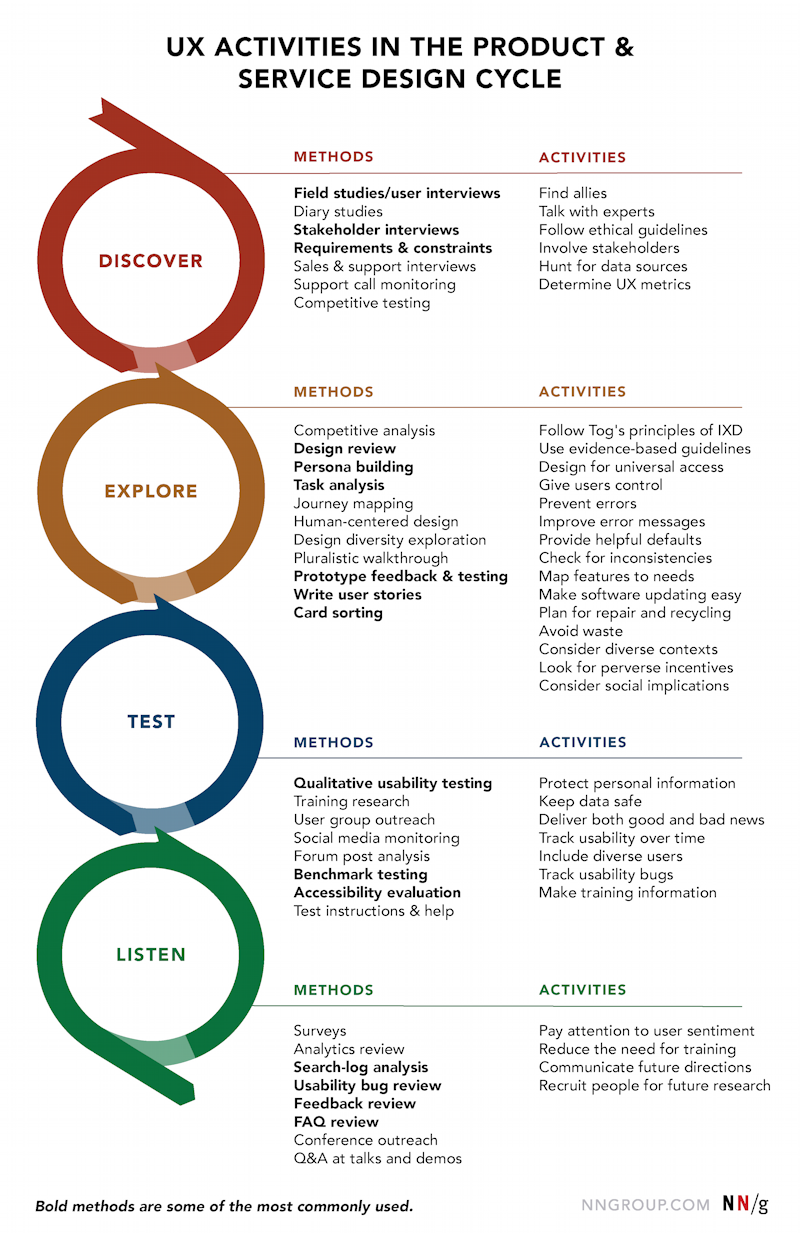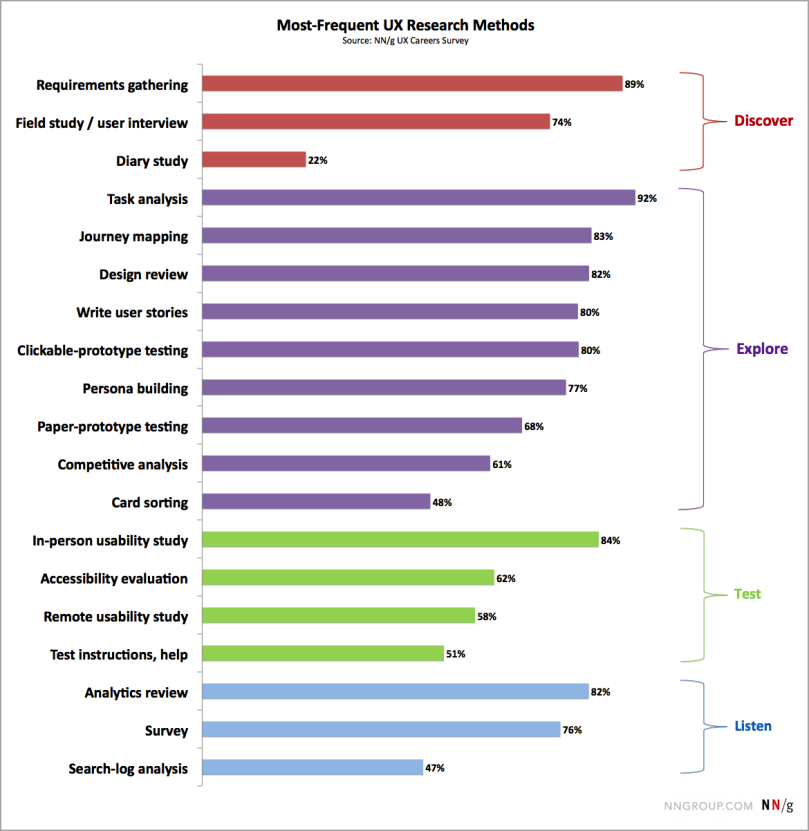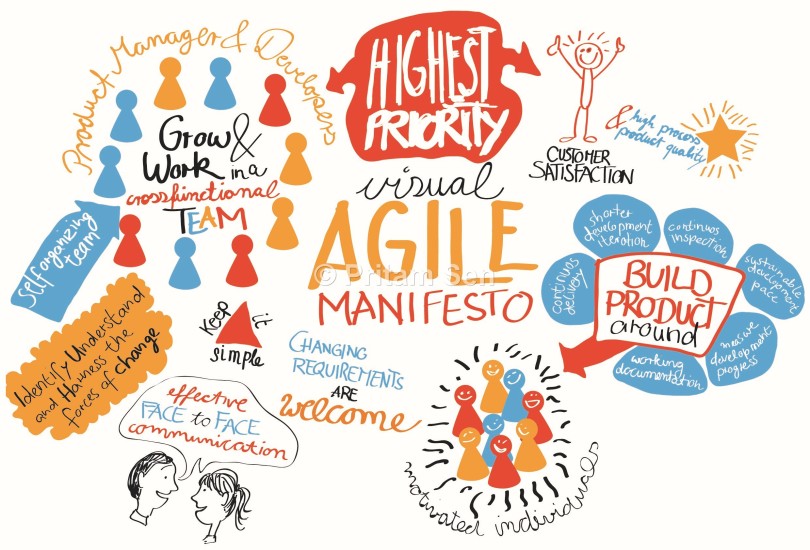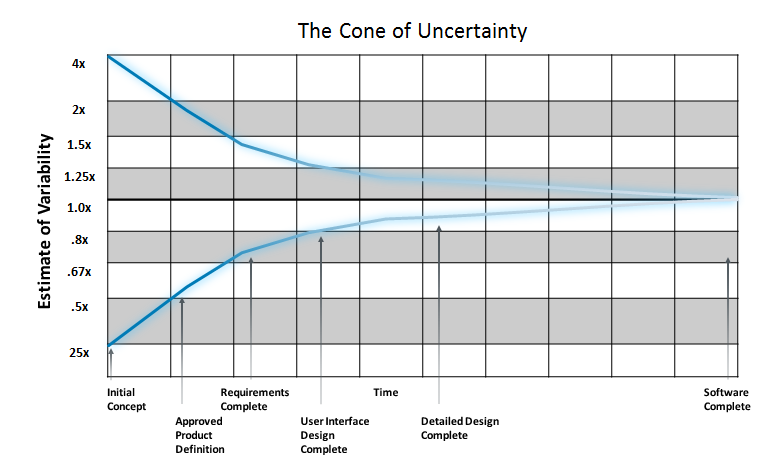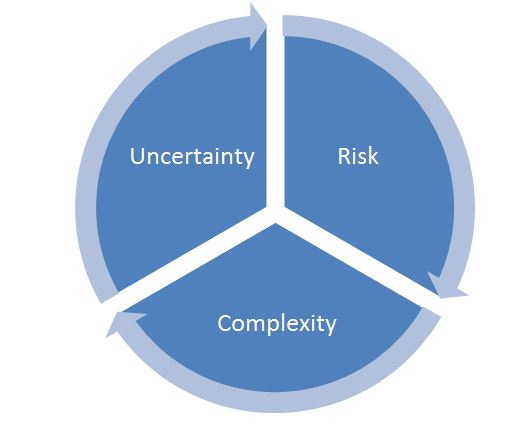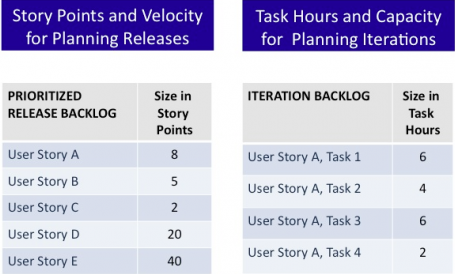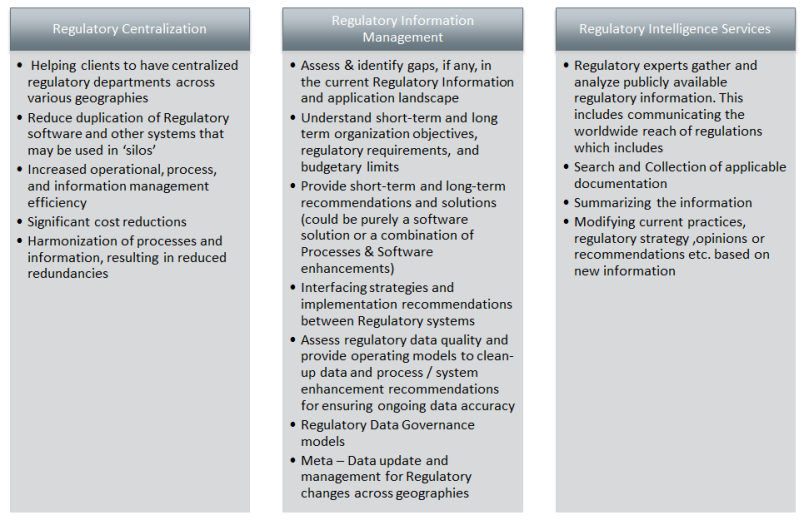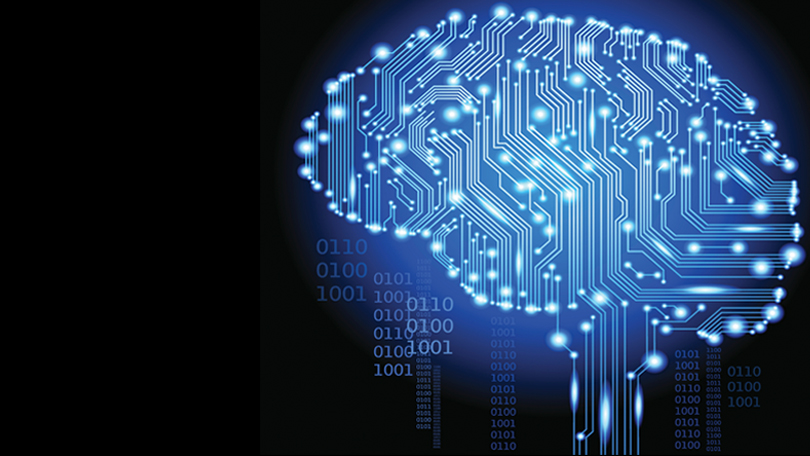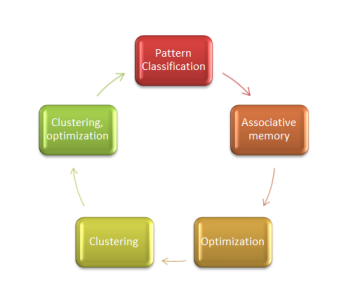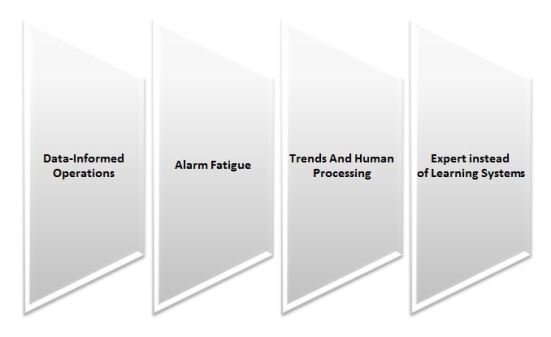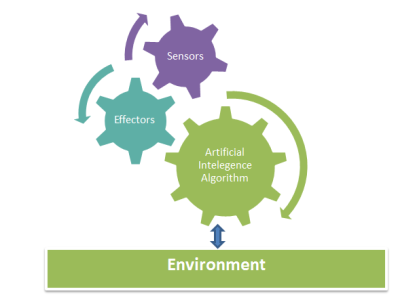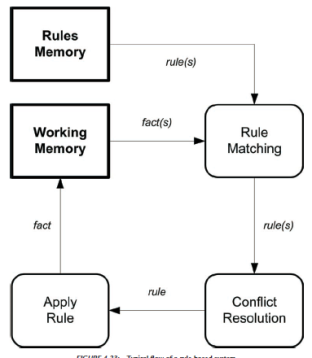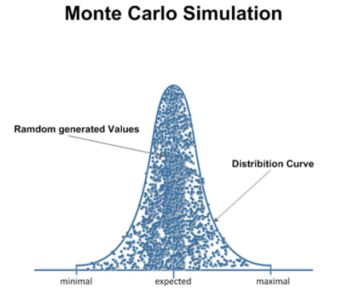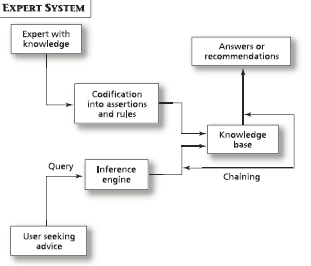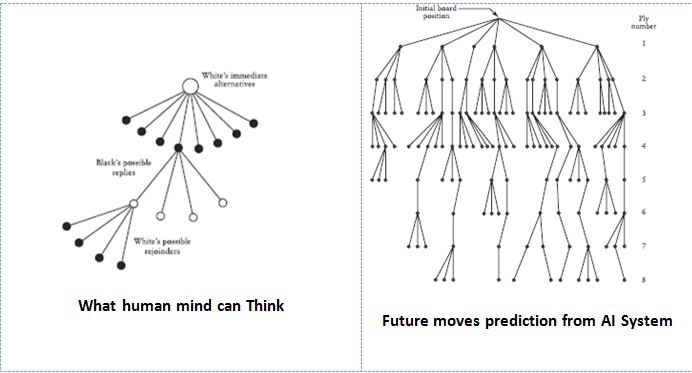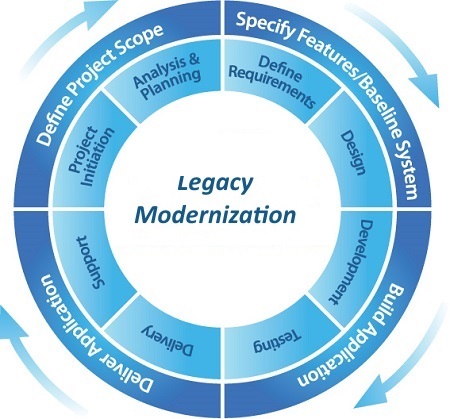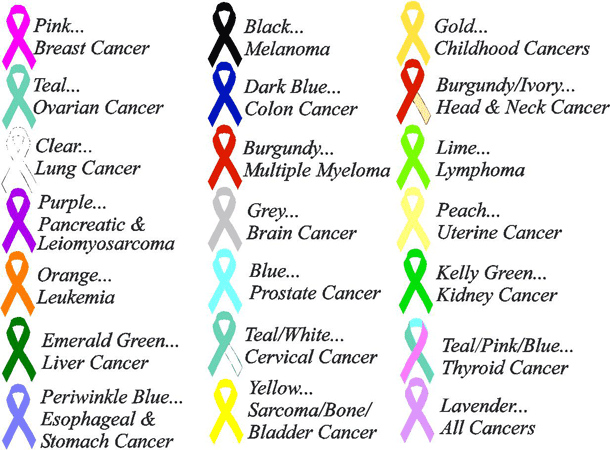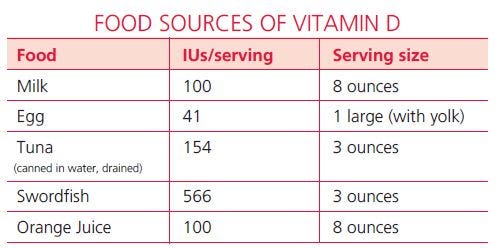The Next wave is coming – “You either embrace it or get uprooted”
Digital transformation is now not talked about in the strategy meeting or inside the closed board rooms of the companies it has in fact become a necessity for firms to survive in this era of disruptive business models and rapidly changing markets.
Undoubtedly, Service Delivery Automation (#SDA) solutions such as Robotic Process Automation (#RPA) and #ArtificialIntelligence (AI) can play a significant role to enable this transformation and create value for enterprises.
Before we start talking about RPA/AI/Cognitive ML, enterprise need to think through some of these key questions
- What are the key business problems in the traditional workforce model?
- What are the key automation technologies that enable a digital workforce?
- How can these automation technologies and solutions that can we used to give the best possible ROI for the enterprise? It is the most critical question – “Think about ROI before choosing tools”
- How can enterprises transform their front- and back-office operations through a smart digital workforce to become future-ready?
- How can enterprises achieve strategic business impact by leveraging digital capabilities?

When it would be useful to bring in #RPA/AI into the enterprise and start thinking about the digital workforce as per the
Gartner report – “By 2020, robotic process automation will eliminate 20% of non-value-added tasks within the office”
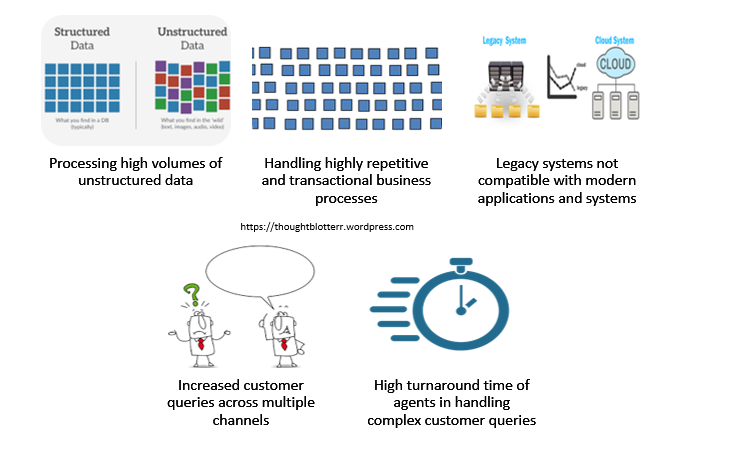
The biggest challenge is bringing in the #Data into the systems, to create a framework the organization needs to think
- What the different kind of data
- How the data is generated in the organization or coming in the organization.
- How to handle data via People
- How to handle data via structured sources
- Data from Social Media (Facebook, twitters, blogs etc.).
- Data from Business Process as a Service ( #BPaaS)
- Data from Electronic #data exchanges
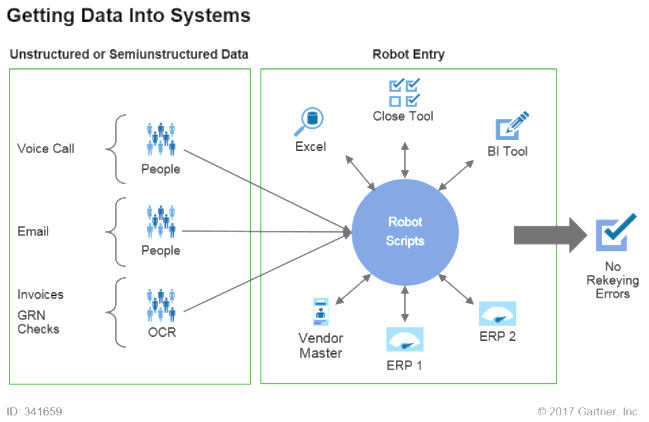
There are 3 entities who are creating the data – Customers, Suppliers and the employees in the organisation.
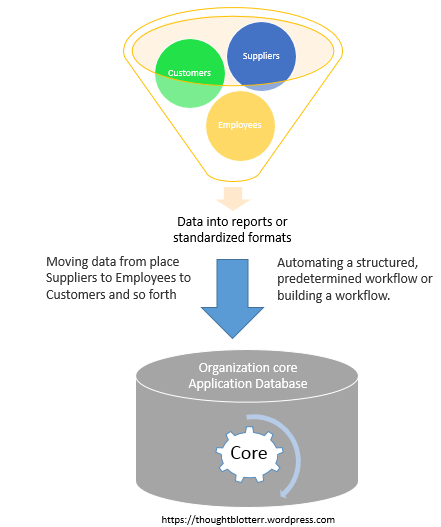
Business processes in an organization can be classified as
- Strategic
- Knowledge-based
- Transactional processes
And the Data can be classified on their
- Type – (Referential, Transnational or Factual data)
- Nature – (Slow changing or Rapidly changing data)
- Complexity (Depends on amount processing required for consumption)
Bots that can handle most of the transnational processes and some knowledge-based processes can significantly free up the time of human agents to handle high-value work, the strategic work would be handled by the humans. As the system and the algorithms starts to learn more and move from the supervised learning toward more cognitive learning, both the human agents along with the cognitive agents starts capturing and processing information into a structure format, these structured data would be passed to the robots which would process most of the transnational processing and only complex queries or exceptions would be passed on to the humans agent.

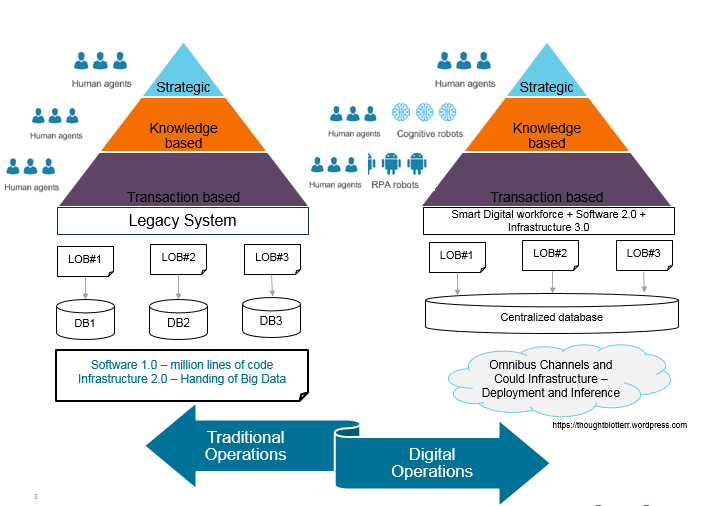
#Software2.0
Intelligence is not moving from one technology to another technology, it is about adapting to changes quickly, always use the same resources, easy to optimize for performance and portability from one technology to other based on the problem statement with minimal efforts.
Example – #Google translate v1.0 had over 1 million lines of code, and the Google Translate v.2.0 has less than 1000 lines of code it more about the data.
Data is the driver of any Software 2.0 and data management principals are going to be the core fundamentals for Software 2.0 and how organizations are going to breach the wall of complexity to keep themselves ahead of the completion, but this is not going to be that simple the current models have data dependencies, the feedback loops both direct or hidden still needs to identify the anti-patterns and ignore the dead experimental code.
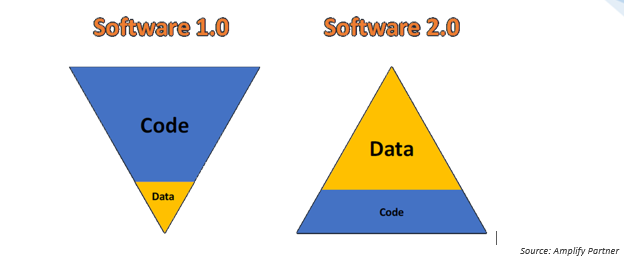
Part 2 – Infra 3.0 and a deep dive in a use case
Leave your feedback and Comments
Abhinav Gupta
Product Manager
